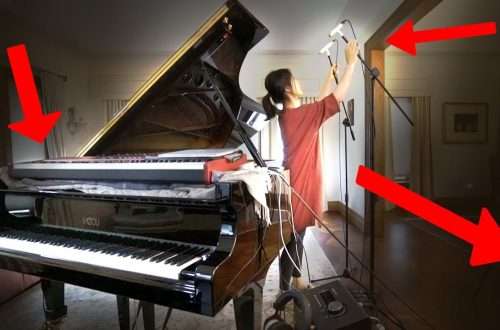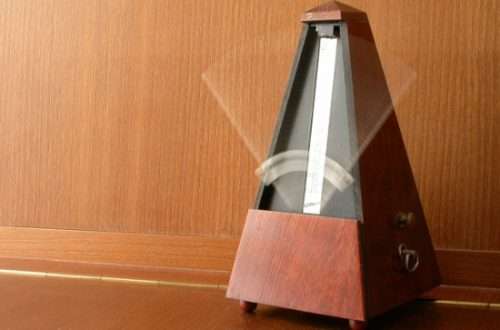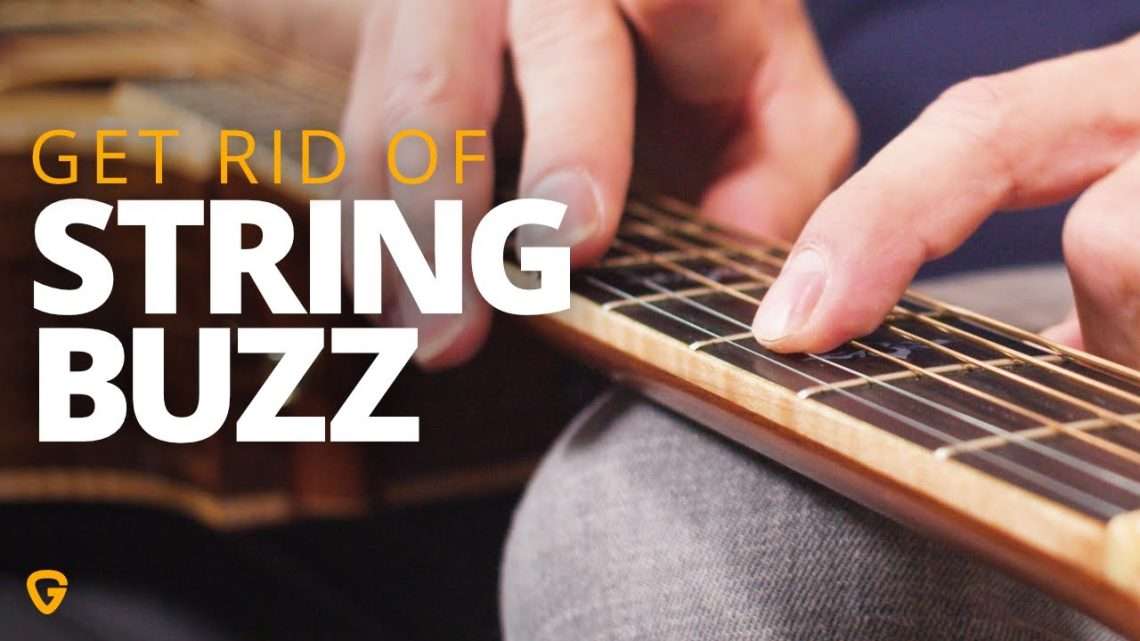
What to do if the strings on the guitar rattle
Contents
You have a guitar in your hands. Perhaps you just bought it and you can’t wait to hit the first chords . Or it was just left on the closet for a few years, and now you’re back to the instrument. You touch the strings… and suddenly you find an annoying rattling, from which the face of a person, even devoid of a musical ear, distorts a painful grimace. Something needs to be done.
First of all – to identify the cause of extraneous sounds.
More about the problem
 If you hear a rattling sound while playing the guitar, then something is wrong with the instrument. This problem not only destroys the clear sound. It may indicate serious malfunctions. If left unrepaired, the guitar may no longer be repairable.
If you hear a rattling sound while playing the guitar, then something is wrong with the instrument. This problem not only destroys the clear sound. It may indicate serious malfunctions. If left unrepaired, the guitar may no longer be repairable.
Most often, novice musicians encounter this state of affairs. Having mastered the instrument well, the guitarist begins to navigate where to look for the cause. To reduce the search time, here are the main sources of rattling.
Sources of the problem
If the guitar is ringing with extraneous tones and metallic rattles, the main thing is to be methodical. Sometimes it is necessary to sequentially check a number of responsible places in order to find the problematic one.
open string
You haven’t even played a chord yet , and the open strings are already trying to ruin the sound while tuning. Most often this is typical for the upper strings – the 5th and especially the 6th, since they are in less tension, and their cross section is thicker.
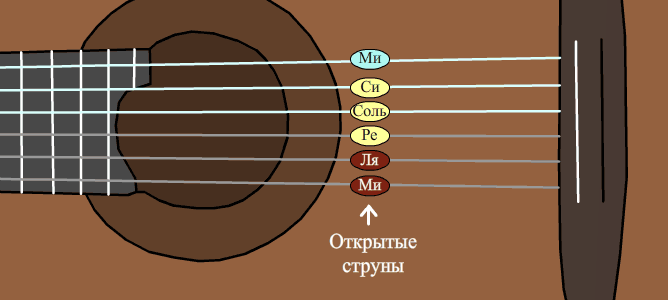
The bounce of an open string is the sound of impact and friction on the first frets . Most often, the problem is related to the wear of the top nut. Over time, the strings cut grooves in plastic or wood, and the string sinks lower and lower until it begins to touch the fret spacers .
The second possible reason is the pushing of the frets closest to the headstock . From time to time and unfavorable storage conditions, the frets come out of the grooves.
The third reason is a strong deformation of the neck of the guitar.
Chattering on one or more frets
If you notice that the bounce of the strings is localized, then you should pay close attention to the height and condition of the frets . Contact in one or more places indicates two possible causes:
- The rattling frets came out or there was a distortion that lifted them more than they should. There is only one way out – to grind off, since changing the lining is much more expensive and more difficult.
- The previous fret has worn off (fuse) – then the string becomes lower and begins to cling to the next one.
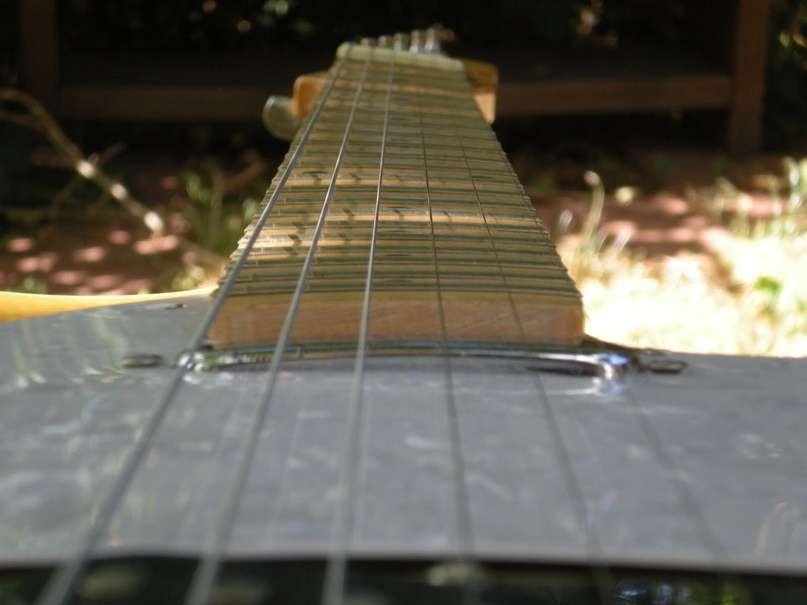
Rattles in every way
Such a malfunction occurs quite rarely. When there is too much extraneous ringing, inspect the saddle on the tailpiece. It may also experience natural wear and tear, especially if you inherited the guitar from a hectic musical career.
This is easy to spot by the small grooves the strings make in the bar, especially if it’s plastic.
First frets only
If when playing chords on the first frets there is a clang of strings, and the fingerings taken closer to the body sound clean, then the matter is in the first frets . They could wear out – in this case, two or three strips fall under the replacement. In a new guitar, this is an indicator of a factory defect – an uneven fingerboard, a bent neck , and crooked frets .
Only the last frets
If an unpleasant overtone appears when moving to a high register , look for the cause in the wrong position of the neck . Most likely, the anchor in the heel is too tight, causing the neck of the neck to deviate back. Luckily, this situation is fairly easy to fix with the help of an anchor wrench.
Only on hard hit
Very valuable advice for beginners: a strong blow does not mean loud, clear and cool. With the right technique of playing by fighting, the strings do not touch the fingerboard . Practice your technique, as the sixth string tends to vibrate at its highest amplitude. Remember that if you try to lift all the strings above the neck , it will become much more difficult to play chords .
Only guitar pegs
Sometimes the strings and frets are not to blame for anything – it’s the tuning pegs that enter into resonance and begin to “pollut” the sound . Finding the “culprit” is very easy – hold each of the pins in turn with your fingers. On which silence comes – that one should be adjusted. Usually, it is enough to tighten the screws or the nut that secures the screw stud. However, it happens that the whole mechanism needs to be changed .
Soundboard rattles
This sound is easy to distinguish – it does not look like a rattling string, but rather like a hum with deep overtones in the midrange x . Delaminated wood can give the wrong resonance – in this case, the individual parts will collide with each other, generating noise. The situation is even worse if the top deck has lagged behind the shell. You need to immediately remove the strings and take the instrument to the guitar master.
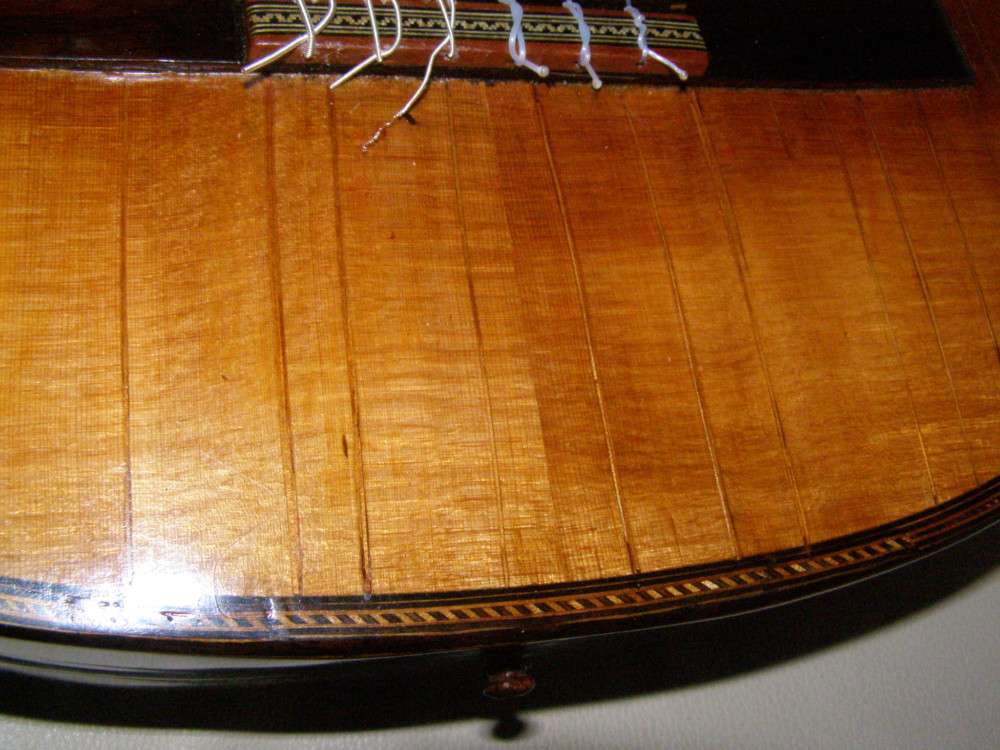
Other reasons
It is difficult to say how the instrument will behave – you need to learn how to feel it. Often, beginners mistake the sound of raw strings immediately after installation for a bounce. This phenomenon is natural, especially when changing from nylon to metal. Over time, the strings will stretch, the overtone will disappear.
Troubleshooting
The amount of work depends on the reason for the rattling. When it comes to adjusting the anchor or replacing the nut, even a novice musician can handle it. You can also sharpen the frets with a needle file yourself, the main thing is not to overdo it. But the replacement of several frets or the elimination of a detached soundboard can only be done by an experienced person. True, and it is worth doing this only when the tool is of value.
It is also worth choosing a new guitar with special care – sometimes a detailed inspection will help to identify a small marriage, which in the future will cause a lot of inconvenience.
Helpful Hints
- If you change frets , never tap them to put them in place. Install by pressing on them with a wooden block.
- For fixing parts, a two-component epoxy resin is most often used.
- Store your guitar in its case at room temperature . In high humidity, frost or extreme heat, the wood can move, and this will lead to rattling.
conclusions
A good working tool can sometimes cause problems. The main thing is to pay attention to this immediately, and then the problem can most often be corrected with minimal effort and cost. It is best to give the guitar for revision to the master, so that he puts it in order.



